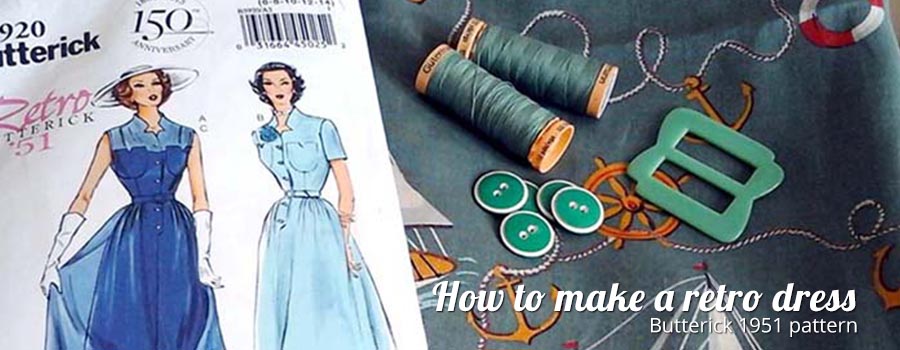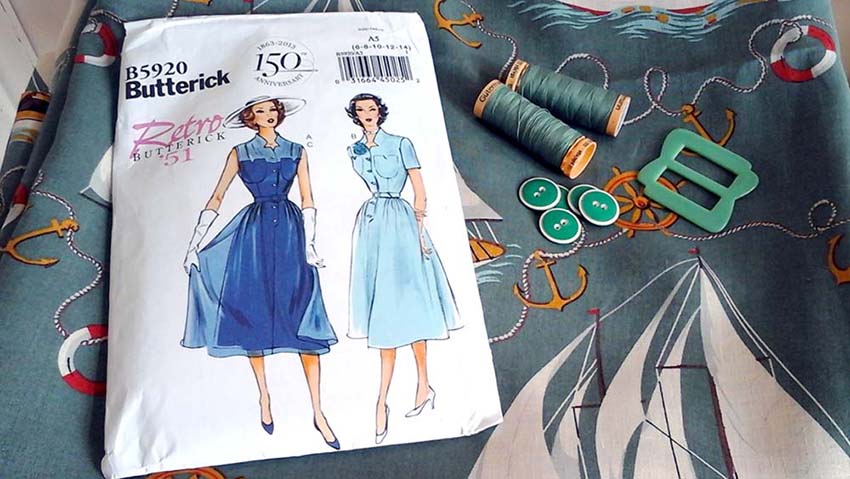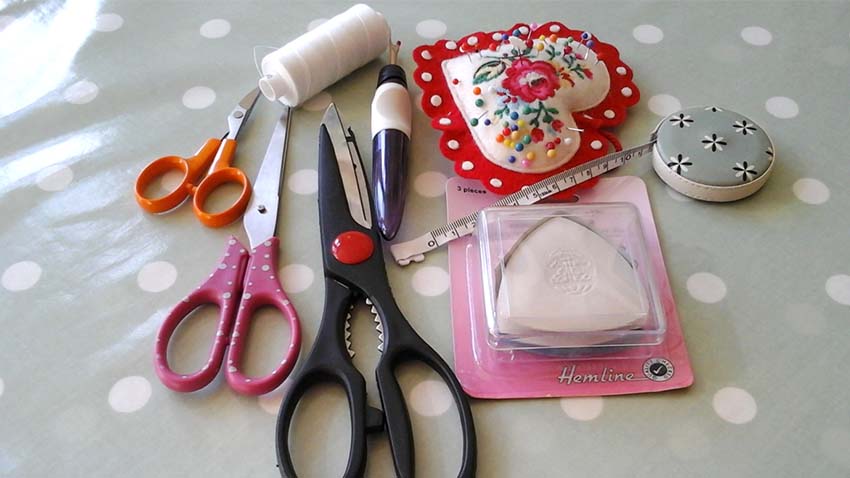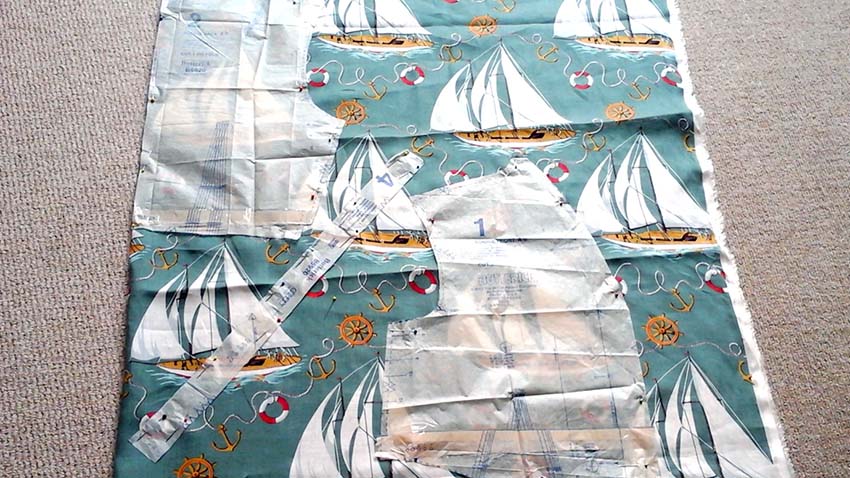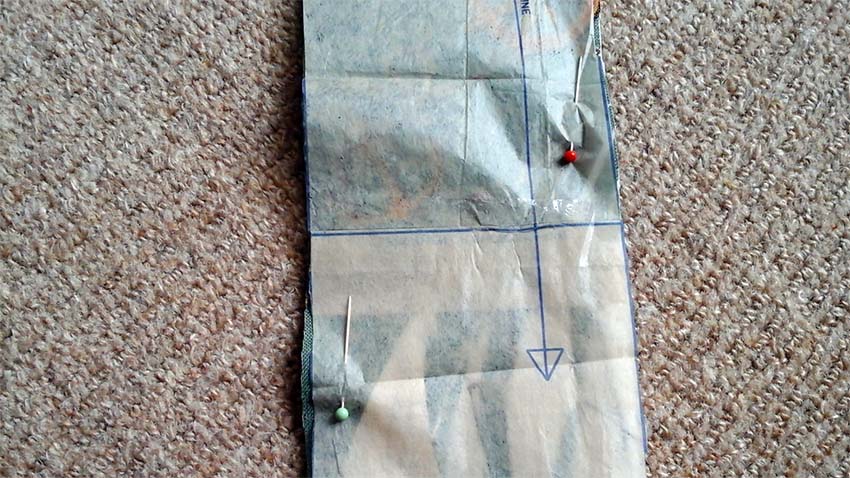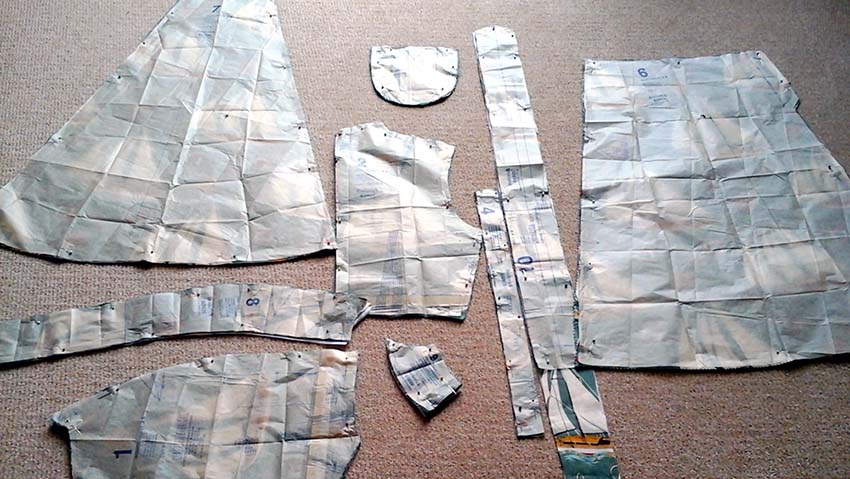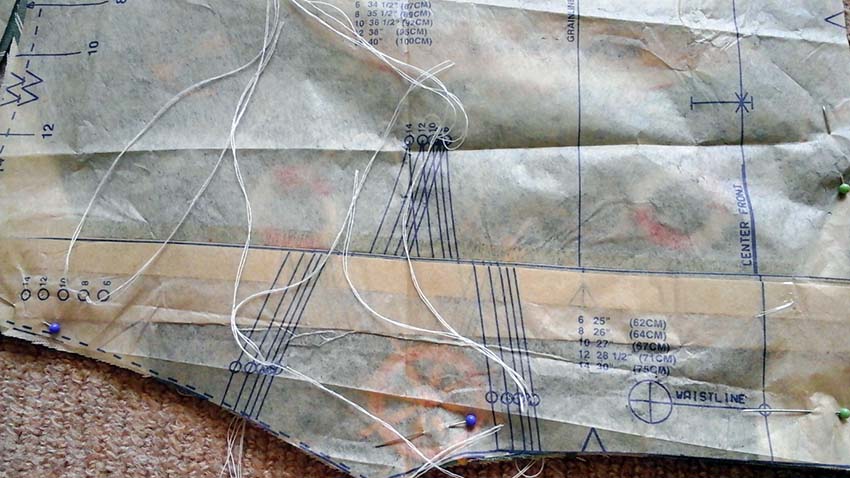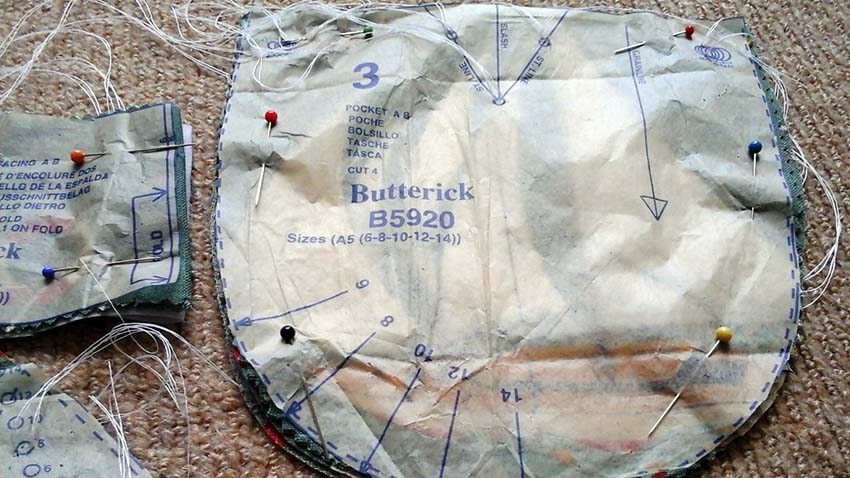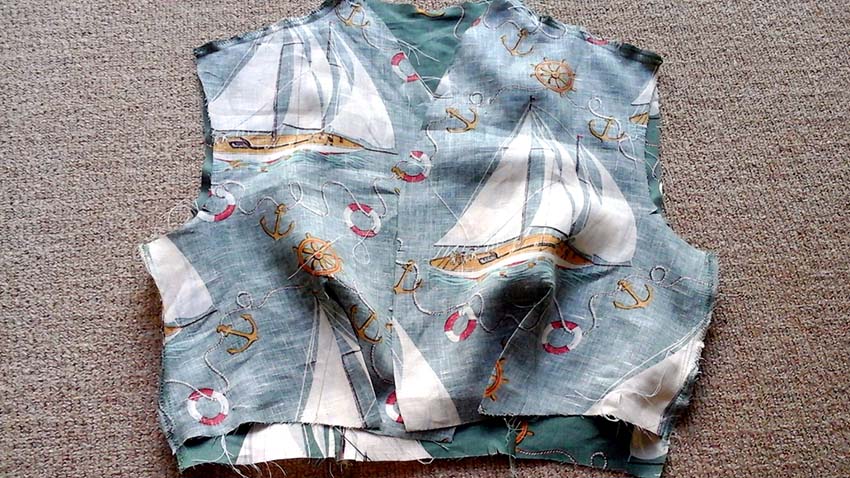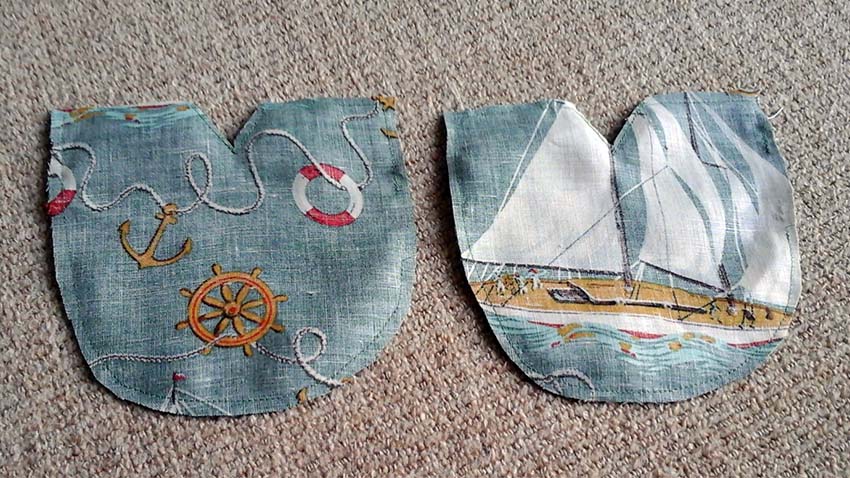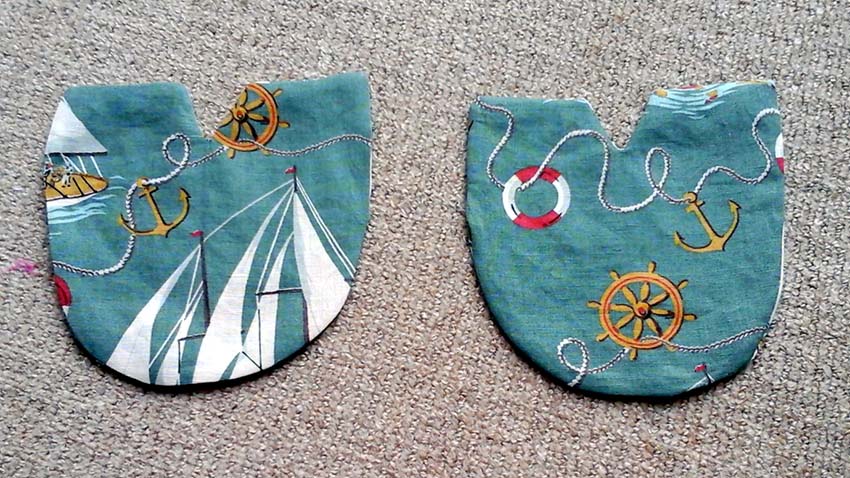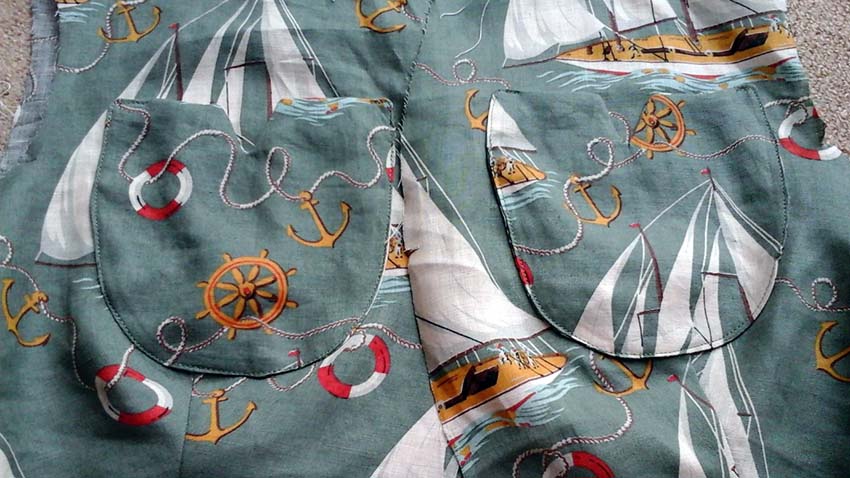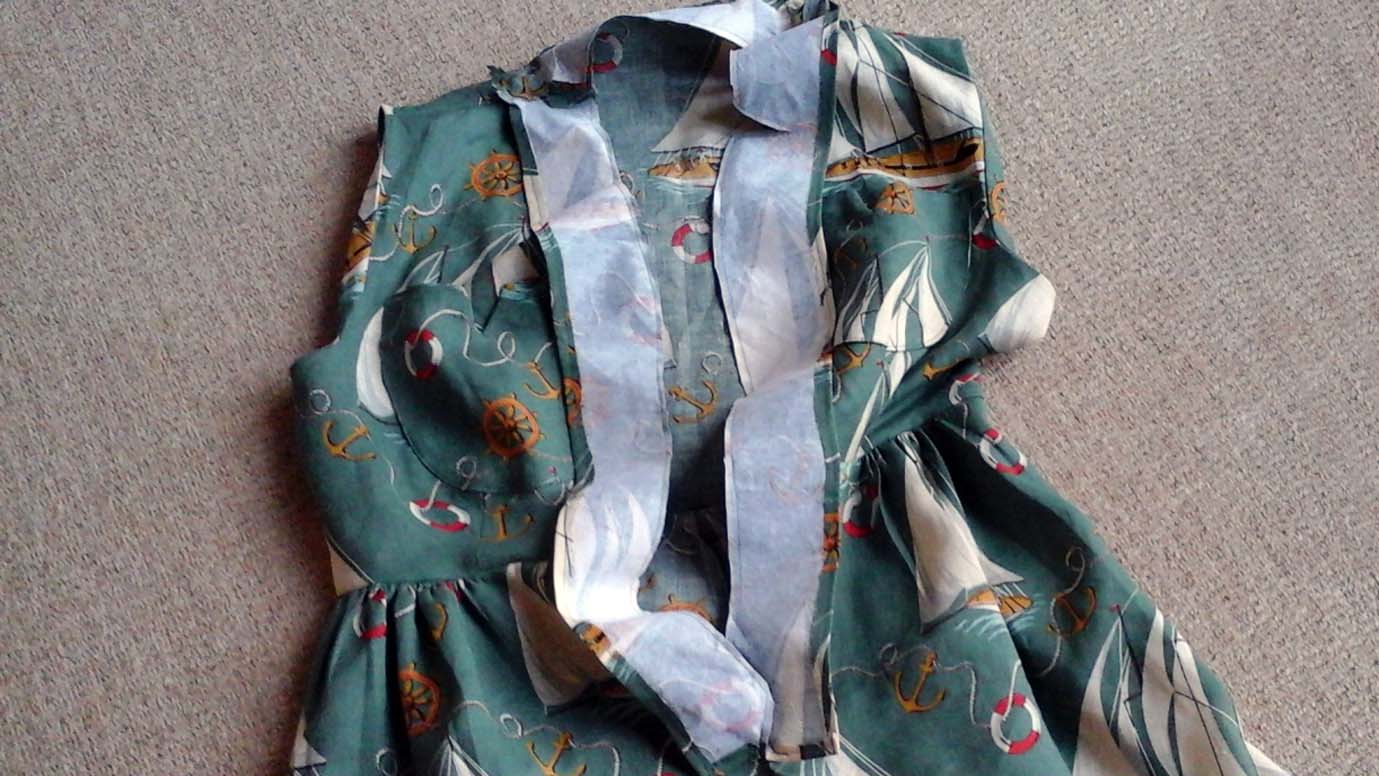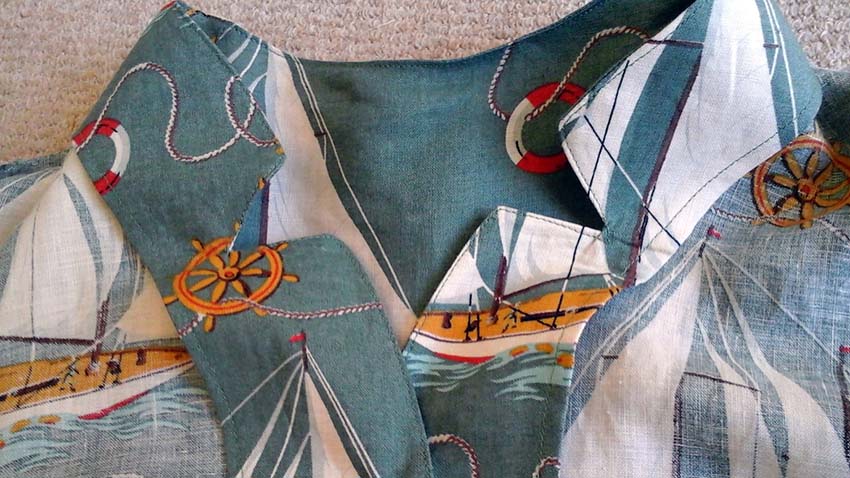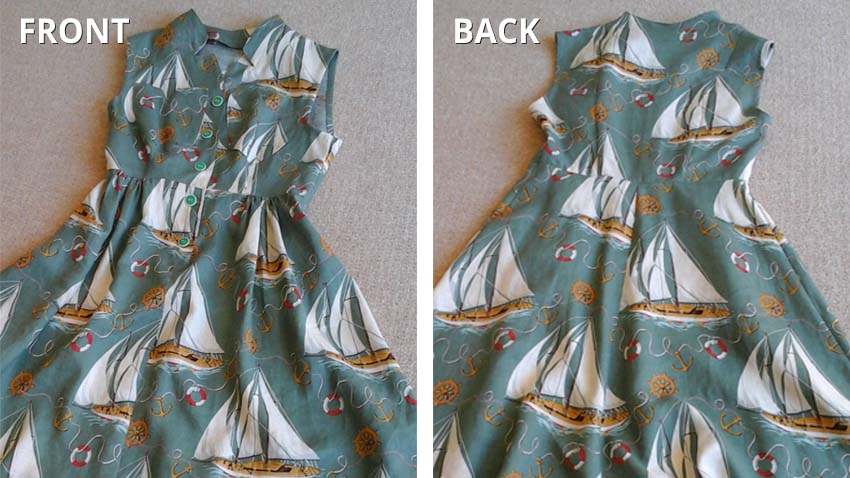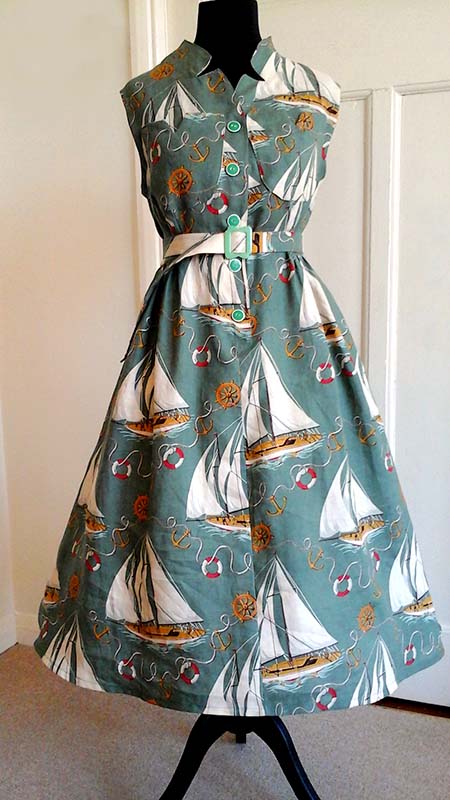Shopping Bag
- – My Account
- – New Stock
- – To Clear
- – Shop By Brand
- HABERDASHERY
- — Bias Bindings
- — Boning
- — Buckles
- — Buttons
- — Cords & Strings
- — Craft Supplies
- — Curtain Accessories
- — Elastics
- — Hook & Eyes
- — Hook & Loop Fastenings
- — Ironing & Pressing
- — Lingerie & Bridalwear
- — Pins & Sewing Needles
- — Ribbons & Trimmings
- — Snap, Studs & Poppers
- — Tapes & Webbings
- — Tools & Equipment
- — Bias Bindings
- ZIPS
- SEWING THREADS
- INTERFACINGS & LININGS
- — Vilene Interfacings®
- — All Iron-On Interfacings
- — All Sew-In Interfacings
- — Calicos & Drill POPULAR!
- — Stretch Interfacings
- — Tailor’s Canvases
- — Tailor’s Felt
- — Batting, Wadding & Filling
- — Pads & Sleeve Heads
- — Bondaweb & Wonderweb
- — Curtain Interfacings
- — Muslin
- — Nylon Dress Net
- — Hessian & Buckram
- — All Linings
- STUDIO TOOLS
- DESIGN EQUIPMENT
 We’re thrilled to announce that we’ve partnered with Tree Nation, the platform to reforest the world & fight climate change! Home to over 90 planting projects in 33 countries, Tree Nation is a non-profit organisation that helps people & companies offset their CO2 emissions. Join us by planting trees & offsetting carbon emissions with William Gee today!
We’re thrilled to announce that we’ve partnered with Tree Nation, the platform to reforest the world & fight climate change! Home to over 90 planting projects in 33 countries, Tree Nation is a non-profit organisation that helps people & companies offset their CO2 emissions. Join us by planting trees & offsetting carbon emissions with William Gee today!





